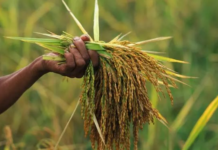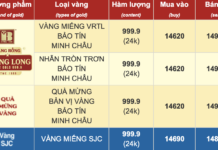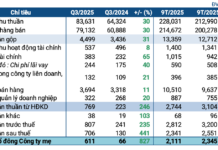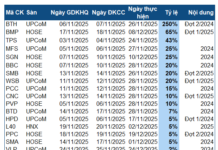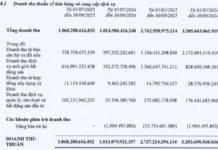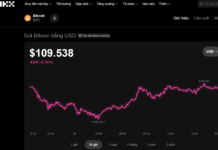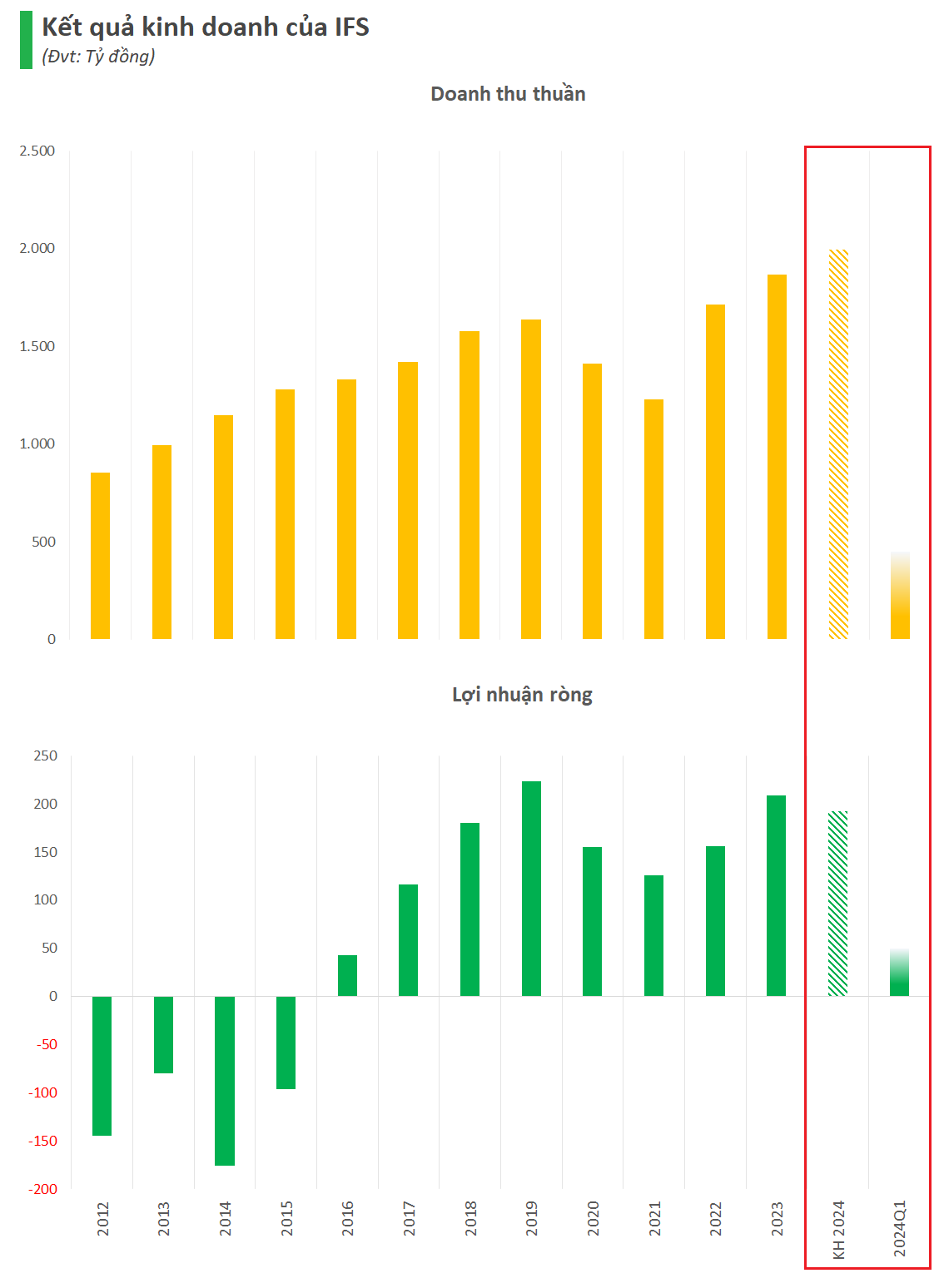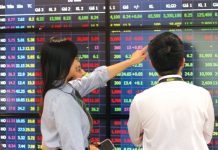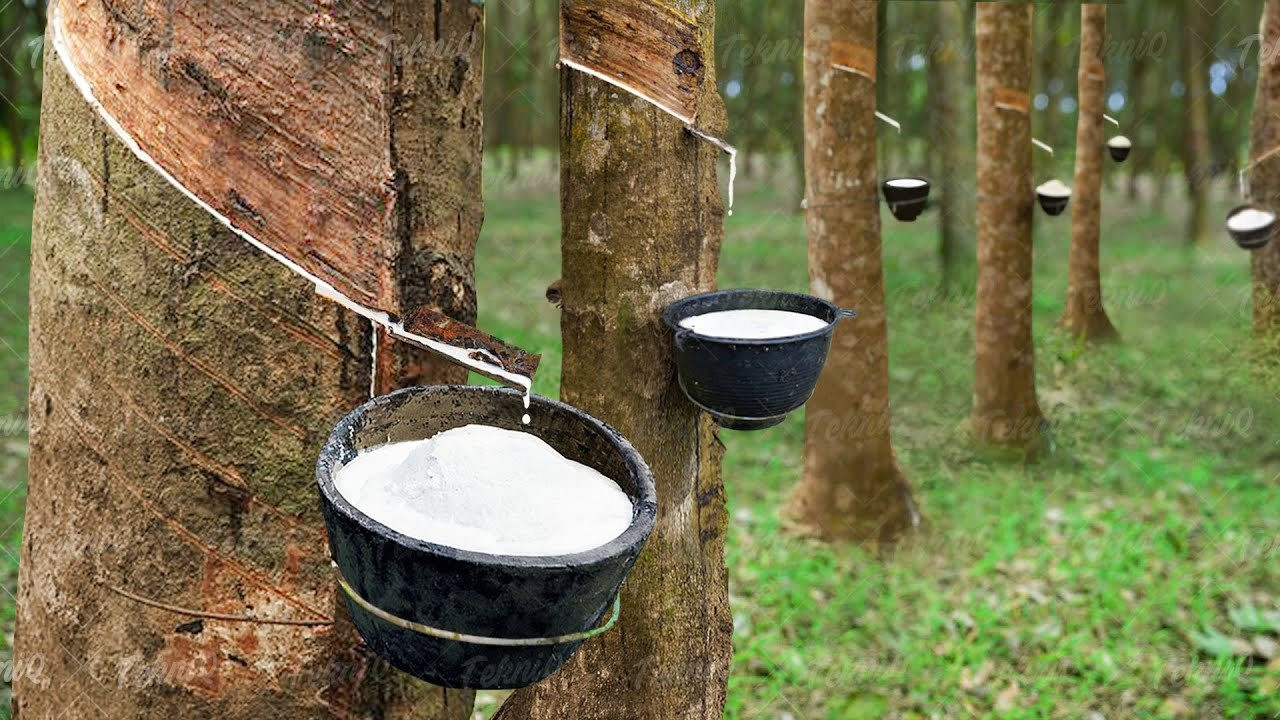
1. EUDR raises costs for rubber suppliers
Starting from early 2023, the European Union (EU) has announced new regulations, in which rubber is one of the items that need to trace the origin for export to the EU. With the deadline of 18 months by December 31, 2024 for medium-sized and large companies, market participants share concerns about whether they can meet EU requirements in time or not. The market is also concerned that 6 months later, super small or small businesses must also comply with similar rules, that is, before June 30, 2025.
However, market intelligence indicates that larger scale processors in some countries, such as Africa, have established systems to track each batch to the place of origin. These processors seem confident that their systems are sufficient, but specific instructions on how to test batches and guidance documents have yet to be disclosed by the European Commission.
Currently, rubber contracts are usually negotiated annually, in which buyers negotiate long-term contracts (LTC) to ensure a stable supply of natural rubber for the next year. On the other hand, buyers rely on buying natural rubber on the spot market directly from manufacturers and/or agents.
Since the announcement of the EU Forest Regulation (EUDR), suppliers of this item when selling physical rubber have started to apply tiered pricing strategies. The contract signing price is usually higher than before due to the additional cost of tracing the origin and the uncertainty of prices in the recessionary economic environment.
Due to such differences between real rubber contracts and futures contracts – which have more uncertainties, observers have noticed an increase in rubber trade in the spot market in 2023.
2. Ivory Coast rubber increases competitiveness with Asian rubber
As of October 2023, rubber production in Ivory Coast reached its highest level since 2007. Among the world’s top 5 largest producing regions, Indonesia recorded a decline in production in all months, while Thailand, Vietnam, and Ivory Coast recorded an increase. India’s production until October 2023 showed no change from 2022. As of October 2023, Ivory Coast’s production was only about 20,000 tons lower than that of Indonesia.

Increased rubber production in Ivory Coast
Last year, the impact of increased supply in Ivory Coast was observed in the physical rubber market starting from April. Compared to Asian rubber types such as STR20 and SIR20, Africa’s AFR10 rubber was sold at a discount of over $100/ton in most months since then. In the long term, many buyers may decide to buy African rubber due to cost and supply considerations.
3. Rubber demand in 2024 may be supported by lower interest rates
In 2023, major central banks around the world continued to implement tight monetary policies due to inflation pressure. The high-interest rates have pushed up have weakened the global economy.
Related to the rubber market, the price trend of this commodity decreased during the first 8 months of 2023, until August, when China implemented policies to support the economy. As the world’s largest consumer of natural rubber, such policies implemented by China have supported physical and futures rubber prices while contributing to create a positive price sentiment since then.
The Federal Open Market Committee’s (FOMC) meeting in December 2023 signaled the possibility of interest rate cuts in 2024. With the expectation that rates will be cut in 2024, consumption may continue to increase. Therefore, physical rubber prices and future rubber prices are expected to rise. However, this scenario depends on the speed and scale of interest rate cuts by major central banks, geopolitical tensions, and economic policies of these regions.
The result of the 2024 US presidential election will also have a significant impact on this market. Presidents exercising veto power over proposed laws may lead to delayed spending necessary to support the US economy. As a major economy, such policies have a spillover effect on other economies through factors such as exchange rates, trade, and consumption, as well as the supply chain.
Reference: Narket news & insights



